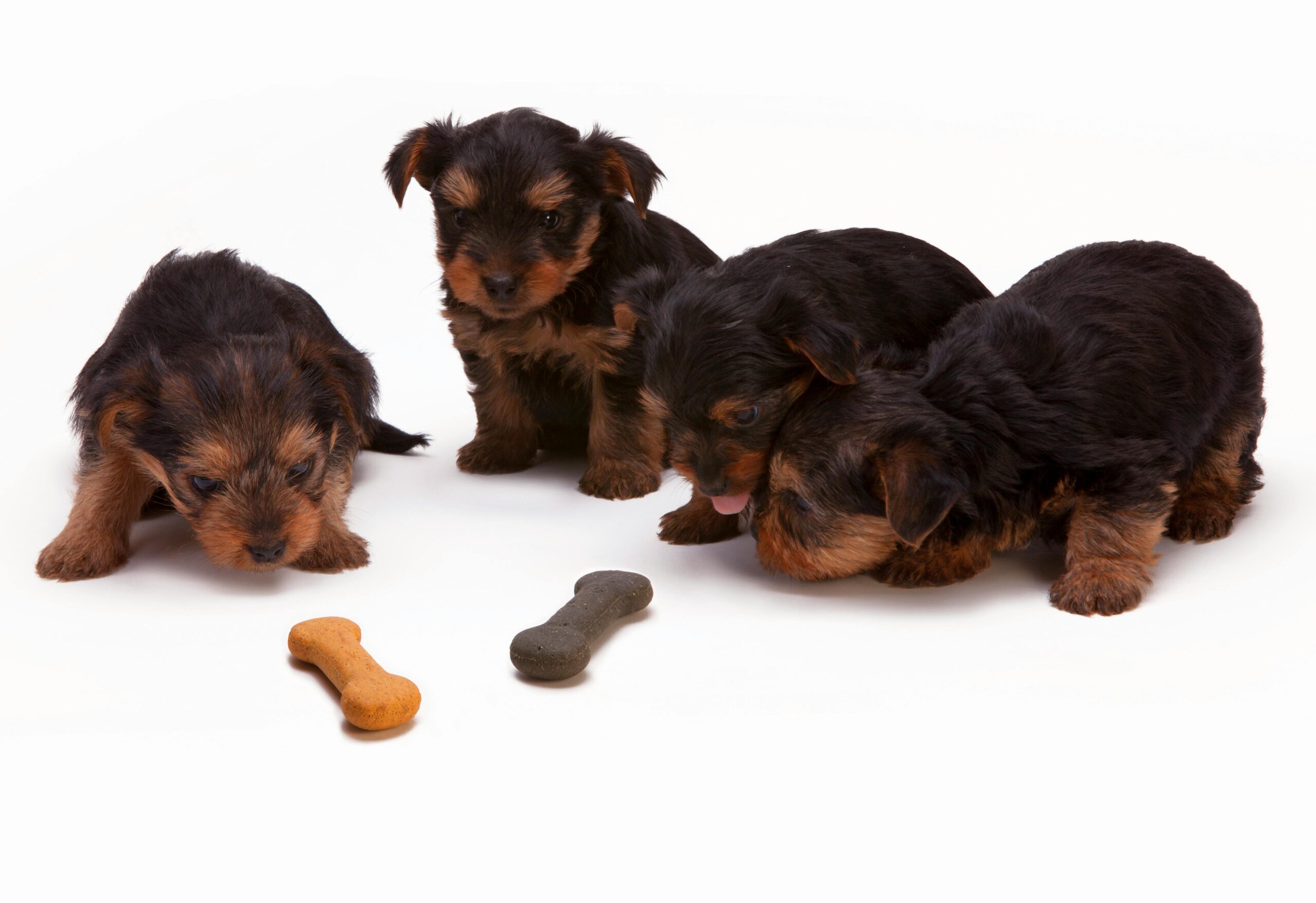Changing your dog’s food may seem simple, but doing it the wrong way can lead to digestive upset, stress, and refusal to eat. Whether you’re switching to a different brand, moving from puppy to adult food, or introducing a special diet, the key is to make the transition gradually and strategically.
Dogs have sensitive digestive systems, and sudden changes can cause diarrhea, vomiting, or long-term aversions. Fortunately, with the right approach, you can successfully transition your dog to a new food without discomfort or drama.
In this article, you’ll learn how to transition your dog to a new type of food safely, what signs to watch for during the process, and tips to make the change smooth and stress-free.
When should you change your dog’s food?
There are several valid reasons to consider switching your dog’s diet:
- Transitioning from puppy to adult food, or adult to senior formula
- Addressing allergies or sensitivities
- Changing to a more nutritious or better-quality brand
- Accommodating health conditions (like kidney or liver support diets)
- Moving to raw, freeze-dried, or home-cooked food
- Lifestyle changes (e.g., more active dog needing higher energy intake)
Before making any dietary change, it’s best to consult with your veterinarian, especially if your dog has health concerns.
The importance of gradual transition
Switching foods too quickly is one of the most common causes of gastrointestinal upset in dogs. Their gut microbiome takes time to adjust to different nutrients, proteins, and formulations.
A slow transition allows:
- Digestive enzymes to adapt
- The gut to adjust to new ingredients
- Your dog to develop a taste for the new food
Even if your dog seems eager to dive into the new food, resist the urge to make a cold switch.
The 7-day transition method
A tried-and-true way to change food is by gradually mixing the new food into the old over about a week.
Here’s a sample schedule:
- Days 1–2: 75% old food, 25% new food
- Days 3–4: 50% old food, 50% new food
- Days 5–6: 25% old food, 75% new food
- Day 7+: 100% new food
If your dog shows any signs of digestive upset, pause at the current ratio for a couple of extra days before moving forward.
Monitor for reactions
During the transition, keep an eye on your dog’s:
- Stool consistency (look for diarrhea or very soft stools)
- Appetite and enthusiasm at mealtime
- Energy levels
- Signs of itching, gas, or vomiting
Mild digestive changes are common at first. But if symptoms persist beyond a few days, consult your vet — your dog may not tolerate one or more ingredients in the new food.
Tips for picky eaters
Some dogs resist new food out of habit or preference. To encourage acceptance:
- Warm the food slightly to release aroma
- Add a spoonful of wet food or bone broth for flavor
- Stick to a consistent feeding schedule (no grazing)
- Offer meals for 15–20 minutes, then remove the bowl if uneaten
- Avoid too many treats between meals
Never force your dog to eat the new food, and avoid switching flavors or brands repeatedly. Consistency builds confidence.
Consider your dog’s age, breed, and health
Different dogs have different dietary needs. When selecting a new food, consider:
- Age: Puppies, adults, and seniors have distinct nutritional requirements
- Breed size: Small breeds need calorie-dense food, while large breeds may require joint support
- Activity level: Working or athletic dogs may need higher protein and fat
- Health issues: Dogs with allergies, sensitivities, or chronic conditions may need special diets
Consult your vet or a canine nutritionist to find the best match for your dog’s unique needs.
Watch for signs of improvement
If the new food is a good fit, you may start to notice positive changes within a few weeks:
- Shinier coat and healthier skin
- More consistent stool quality
- Improved energy and mood
- Reduced itching, gas, or digestive issues
- Better weight management
Always give your dog 2–4 weeks to fully adjust before evaluating the new food’s effectiveness.
Stay consistent once the switch is complete
Once your dog is fully transitioned and doing well on the new food, stick with it. Dogs thrive on consistency, and frequent switching can disrupt digestion.
That said, it’s good practice to rotate between high-quality proteins within the same brand or formula family a few times per year — as long as your dog tolerates it well.
Don’t forget about treats and extras
When changing food, also review the treats and extras you offer. Some dogs react to hidden ingredients in treats that contradict a new diet.
Opt for:
- Single-ingredient treats (like freeze-dried liver)
- Treats made by the same brand as your food
- Avoid table scraps or processed human food
If your dog is on a special diet, stick with vet-approved options only.
Transitioning doesn’t have to be stressful
Changing your dog’s food is a big decision, but it doesn’t have to be a source of stress — for you or your dog. With a slow transition, careful observation, and a little patience, you can help your dog adjust smoothly and safely to a better, more suitable diet.
Remember: the goal isn’t just to switch food — it’s to support your dog’s long-term health, energy, and happiness through nutrition that truly meets their needs.

